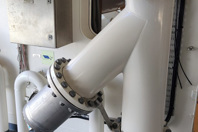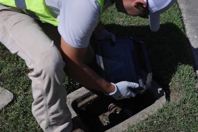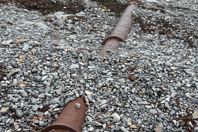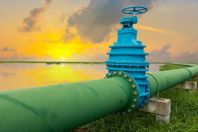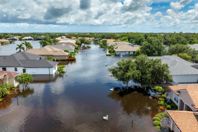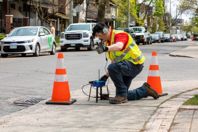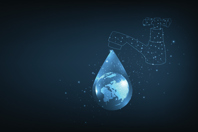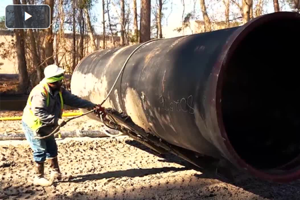DRINKING WATER DISTRIBUTION RESOURCES
-
For modern pipelines and pumps, noise and vibration behavior must be considered in system design. Learn how a wastewater pumping station in Greifswald, Germany reduced pump-induced pressure fluctuations by 90%, accompanied by lower vibration levels in the discharge line, with an innovative AI-enhanced damping system.
-
Learn how the Mustang Bayou Service Area (MBSA) Water System Improvements project delivered a fast-tracked, multi-phase response to rapid development and critical capacity challenges in one of the Missouri City’s fastest-growing regions.
-
The city of Jackson faced a water crisis that went beyond the tap. What began as an ambitious plan to modernize its water metering infrastructure in 2014 became a logistical and financial nightmare, costing the city millions in lost revenue and declining public trust. Metering as a Service (MaaS) offered the city an alternative option.
-
There has been an abundance of funding available to address the estimated 9.2 million lead service lines currently deliver drinking water to homes, businesses, schools, and unsuspecting citizens throughout the United States. So it is disheartening to realize that millions of lead water lines are still delivering water to citizens.
-
Discover how a city solved its non-revenue water challenge by rapidly pinpointing three hard-to-find leaks in 13 miles of aging pipeline using a free-swimming acoustic tool.
-
Through case studies and technical insights, this paper demonstrates how utilities can use inspection tools, valve assessments, structural modeling, and predictive analytics to make informed decisions.
-
Global Water Outcomes expert notes that “water utilities are facing unprecedented challenges and opportunities,” citing the role of digital solutions moving forward.
-
The 2024 hurricane season was one of the most severe on record, creating unprecedented destruction to the tune of $182.7 billion worth of damage. Scientists predict that this year's storm season, which officially began June 1, will likely be highly active and volatile as well. As hurricanes become more difficult to accurately predict and prepare for, the damage caused by burst pipes, flooding, downed trees and debris, and disrupted utilities is also increasing.
-
A Minnesota suburb used non-invasive acoustic technology to assess an aging water main before a 20-year road construction moratorium. This critical data allowed them to confidently prioritize pipe renewals and better manage their infrastructure budget.
-
Pumps are power-hungry and thus expensive to run, but San Jose Water shows how data-driven technologies and strategies can bring the cost down for utilities.

